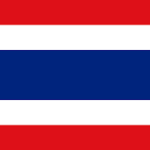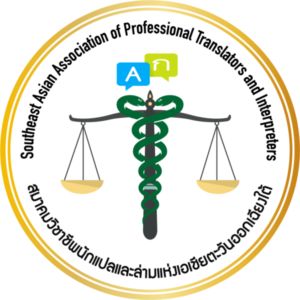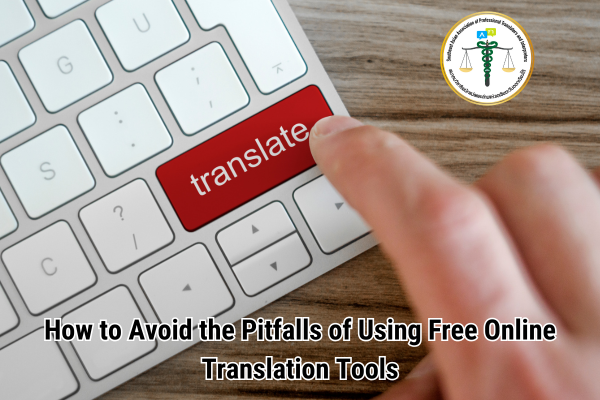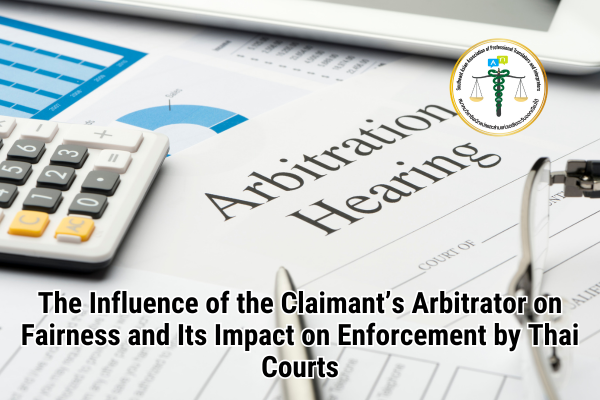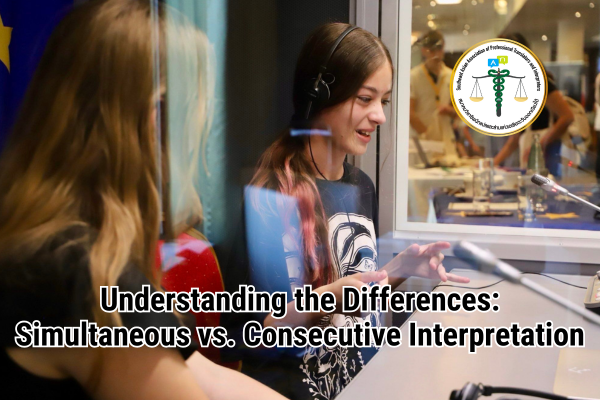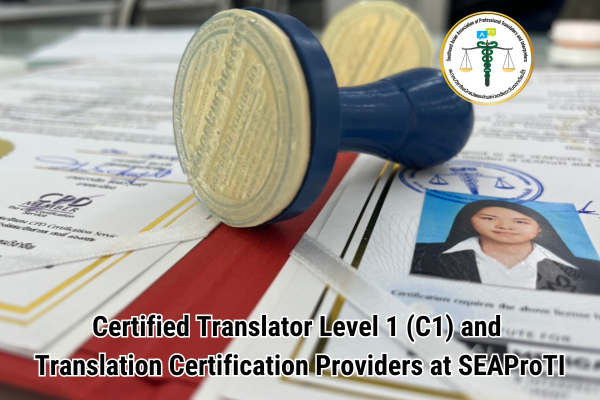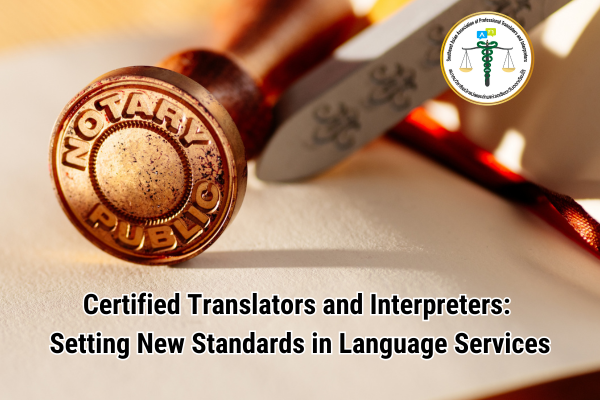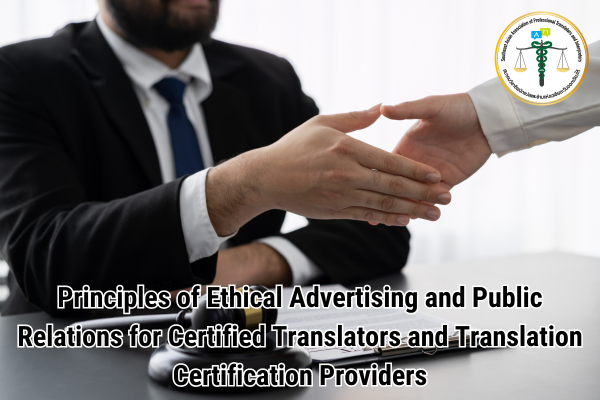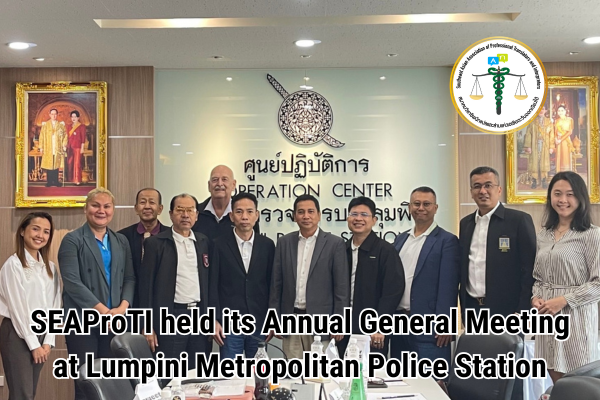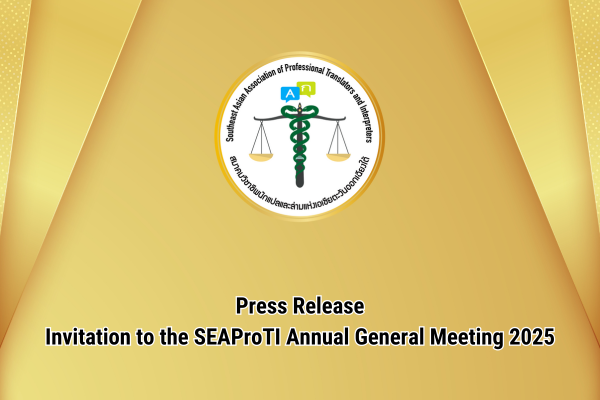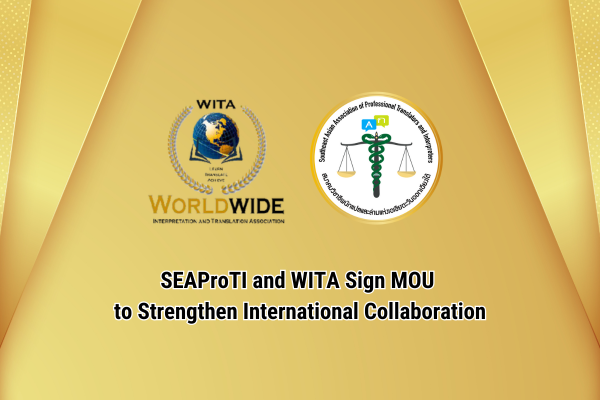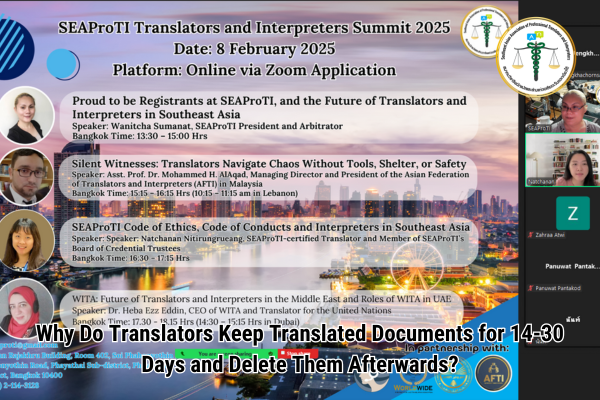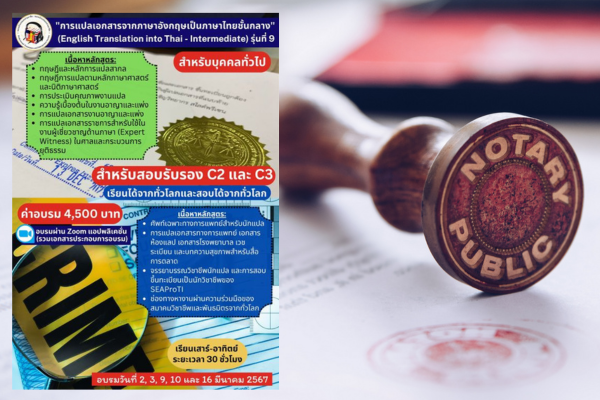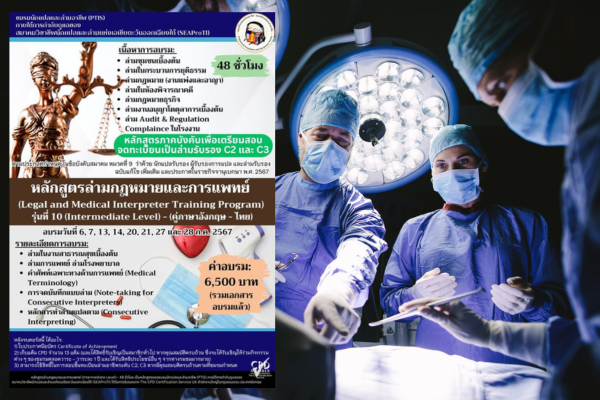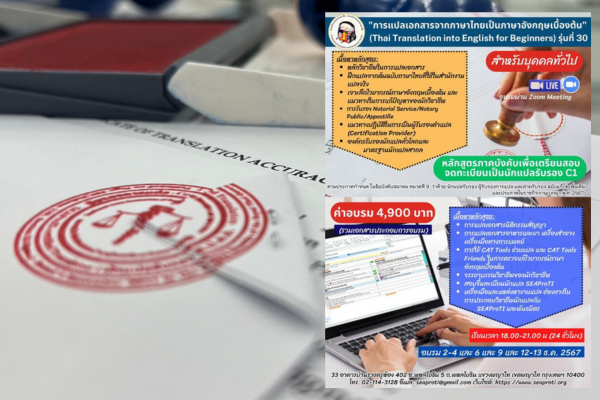How to Avoid the Pitfalls of Using Free Online Translation Tools
26 January 2028, Bangkok – Ahead of the 2022 Winter Olympics in Beijing, Chinese authorities launched a citywide correction campaign to fix embarrassing translation errors. Examples included signs referring to people with disabilities as “deformed” and wet floor warnings that advised people to “slip carefully.”
These stories became fodder for media humor, but professional translators saw them as yet another cautionary tale about the risks of relying on free online translation tools. Such tools, like Google Translate, are widely used because they are fast and free, but many users fail to realize their significant limitations.
Even the U.S. Department of Justice advises against using machine translation for federal programs, and Google itself admits to its flaws. In a statement to Slate.com, Google noted, “Google Translate is an automatic translation system designed to provide greater access to information. However, it is never intended to replace professional translators, especially in high-stakes situations.”
When to Use and Avoid Online Translation Tools
For Personal Use
- Do: Use these tools to get a general understanding of foreign-language content, such as researching travel destinations or skimming through newsletters.
- Don’t: Use them to write in a foreign language. Miscommunication or inappropriate wording can easily occur. For outreach or communication in linguistically diverse communities, consult professional translators or bilingual individuals for guidance.
For Professional Use
- Do: Use online translation tools for internal, informational purposes, like translating research articles for private use.
- Don’t: Use them for public-facing content such as websites, social media, or marketing materials. When accuracy and professionalism matter, hiring a professional translator is the only safe option.
Real-World Examples
-
Community Outreach:
A nonprofit organization assisting parents with educational resources translated their newsletters into Spanish using professional translators. However, to save costs, other website content relied on an online translation tool with clear disclaimers about its potential inaccuracies. -
Multilingual Surveys:
A company wanted to distribute a survey in 20 languages. The survey used simple language, so they opted for machine translation but included a disclaimer about potential translation errors and provided contact information for further questions.
The Importance of Disclaimers
Whenever using online translation tools, it is crucial to include clear disclaimers. These should communicate that:
- The content was translated using an automatic tool.
- The translation may contain inaccuracies or errors.
- The organization is not liable for any damages caused by translation errors.
- The tool is intended for convenience only and not for official or legal use.
Conclusion
Free online translation tools are remarkable technological achievements and can be highly beneficial in many situations. However, users must understand their limitations and risks. When used appropriately and with transparency, they can save time and resources. For high-stakes content, however, the best choice is always a professional translator.
Key Takeaway: Online translation tools are aids, not solutions. Knowing their limitations and using them wisely can help prevent costly errors and misunderstandings.
SEAProTI’s certified translators, translation certification providers, and certified interpreters:
The Southeast Asian Association of Professional Translators and Interpreters (SEAProTI) has officially announced the criteria and qualifications for individuals to register as “Certified Translators,” “Translation Certification Providers,” and “Certified Interpreters” under the association’s regulations. These guidelines are detailed in Sections 9 and 10 of the Royal Thai Government Gazette, issued by the Secretariat of the Cabinet under the Office of the Prime Minister of the Kingdom of Thailand, dated July 25, 2024, Volume 141, Part 66 Ng, Page 100.
To read the full publication, visit: the Royal Thai Government Gazette
วิธีหลีกเลี่ยงข้อผิดพลาดจากการใช้เครื่องมือแปลภาษาออนไลน์ฟรี
26 มกราคม 2568, กรุงเทพมหานคร – ก่อนการแข่งขันกีฬาโอลิมปิกฤดูหนาวปี 2022 ที่กรุงปักกิ่ง ทางการจีนได้ดำเนินการแก้ไขข้อผิดพลาดด้านการแปลทั่วเมืองอย่างจริงจังเพื่อป้องกันความอับอายที่เกิดจากการใช้คำผิด ตัวอย่างที่พบคือป้ายบอกทางที่ใช้คำเรียกคนพิการว่า “คนผิดปกติ” และคำเตือนพื้นลื่นที่แปลว่า “กรุณาลื่นอย่างระมัดระวัง”
ข่าวเหล่านี้กลายเป็นเรื่องขำขันในสื่อมวลชน แต่สำหรับนักแปลมืออาชีพ นี่เป็นเพียงอีกหนึ่งตัวอย่างของผลลัพธ์จากการพึ่งพาเครื่องมือแปลฟรีบนอินเทอร์เน็ตอย่างไม่ระมัดระวัง เครื่องมือเหล่านี้ เช่น Google Translate ได้รับความนิยมมานานเพราะความรวดเร็วและใช้งานฟรี แต่สิ่งที่หลายคนไม่รู้คือเครื่องมือเหล่านี้ยังมีข้อผิดพลาดมากมาย
แม้แต่กระทรวงยุติธรรมสหรัฐฯ ยังแนะนำว่า “ไม่ควรใช้เครื่องมือแปลภาษาอัตโนมัติในโครงการระดับรัฐบาลกลาง” ทาง Google เองก็ยอมรับในแถลงการณ์ต่อ Slate.com ว่า “Google Translate เป็นระบบแปลอัตโนมัติที่ออกแบบมาเพื่อช่วยให้เข้าถึงข้อมูลได้มากขึ้น แต่ไม่ควรใช้แทนที่นักแปลมืออาชีพในสถานการณ์สำคัญ”
ควรใช้หรือไม่ควรใช้เครื่องมือแปลภาษาออนไลน์ในสถานการณ์ใดบ้าง
สำหรับการใช้งานส่วนตัว
- ควร: ใช้เพื่อทำความเข้าใจเนื้อหาภาษาต่างประเทศโดยรวม เช่น การค้นคว้าข้อมูลท่องเที่ยว หรืออ่านข้อความข่าวสารทั่วไป
- ไม่ควร: ใช้เขียนข้อความในภาษาต่างประเทศ เพราะอาจเกิดความเข้าใจผิดหรือข้อความที่ไม่เหมาะสม หากต้องการสื่อสารกับคนในชุมชนที่มีความหลากหลายทางภาษา ควรปรึกษานักแปลมืออาชีพหรือผู้ที่สามารถพูดได้สองภาษา
สำหรับการใช้งานในระดับมืออาชีพ
- ควร: ใช้เพื่อการศึกษาหรือการใช้งานภายใน เช่น แปลบทความเพื่อการวิจัย
- ไม่ควร: ใช้ในการเผยแพร่เนื้อหาสู่สาธารณะ เช่น เว็บไซต์ โซเชียลมีเดีย หรือเอกสารการตลาด หากเนื้อหานั้นมีความสำคัญต่อภาพลักษณ์หรือความน่าเชื่อถือ ควรจ้างนักแปลมืออาชีพเท่านั้น
ตัวอย่างการใช้งานจริง
-
การสื่อสารกับชุมชน:
องค์กรไม่แสวงหาผลกำไรที่ให้คำแนะนำแก่ผู้ปกครองเกี่ยวกับการศึกษาของเด็ก ได้แปลจดหมายข่าวเป็นภาษาสเปนโดยนักแปลมืออาชีพ แต่เพื่อประหยัดงบประมาณ เนื้อหาอื่นๆ บนเว็บไซต์ใช้ปุ่มแปลภาษาของเครื่องมือออนไลน์แทน พร้อมคำเตือนเรื่องความถูกต้อง -
แบบสำรวจหลายภาษา:
บริษัทแห่งหนึ่งต้องการให้แบบสำรวจพร้อมใช้งานใน 20 ภาษา เนื้อหาแบบสำรวจมีความเรียบง่าย จึงเลือกใช้เครื่องมือแปลภาษาออนไลน์ แต่เพิ่มคำเตือนให้ผู้อ่านทราบว่าการแปลอาจมีข้อผิดพลาด พร้อมให้ข้อมูลติดต่อสำหรับคำถามเพิ่มเติม
ความสำคัญของคำเตือน
การใช้เครื่องมือแปลภาษาออนไลน์ควรมาพร้อมคำเตือนที่ชัดเจน เพื่อป้องกันความเข้าใจผิด โดยคำเตือนควรระบุว่า:
- เนื้อหานี้แปลด้วยซอฟต์แวร์แปลภาษาอัตโนมัติ
- การแปลอาจมีความคลาดเคลื่อนหรือข้อผิดพลาด
- องค์กรไม่รับผิดชอบต่อความเสียหายที่เกิดจากข้อผิดพลาดในการแปล
- เครื่องมือแปลนี้เป็นเพียงเครื่องมือช่วยอำนวยความสะดวกเท่านั้น
บทสรุป
เครื่องมือแปลภาษาออนไลน์เป็นเทคโนโลยีที่น่าทึ่งและมีประโยชน์ในหลายกรณี แต่ผู้ใช้งานต้องเข้าใจข้อจำกัดและความเสี่ยงของเครื่องมือเหล่านี้ หากใช้ให้เหมาะสมและระมัดระวัง เครื่องมือเหล่านี้จะช่วยประหยัดเวลาและทรัพยากรได้ แต่ในสถานการณ์ที่มีความสำคัญสูง ควรเลือกใช้นักแปลมืออาชีพเพื่อความถูกต้องและน่าเชื่อถือของข้อความ
ข้อคิดสำคัญ: เครื่องมือแปลภาษาเป็นตัวช่วย ไม่ใช่คำตอบสุดท้าย ความเข้าใจถึงขีดจำกัดจะช่วยลดข้อผิดพลาดและปัญหาที่อาจเกิดขึ้นได้
เกี่ยวกับนักแปลรับรอง ผู้รับรองการแปล และล่ามรับรองของสมาคมวิชาชีพนักแปลและล่ามแห่งเอเชียตะวันออกเฉียงใต้
สมาคมวิชาชีพนักแปลและล่ามแห่งเอเชียตะวันออกเฉียงใต้ (SEAProTI) ได้ประกาศหลักเกณฑ์และคุณสมบัติผู้ที่ขึ้นทะเบียนเป็น “นักแปลรับรอง (Certified Translators) และผู้รับรองการแปล (Translation Certification Providers) และล่ามรับรอง (Certified Interpreters)” ของสมาคม หมวดที่ 9 และหมวดที่ 10 ในราชกิจจานุเบกษา ของสำนักเลขาธิการคณะรัฐมนตรี ในสำนักนายกรัฐมนตรี แห่งราชอาณาจักรไทย ลงวันที่ 25 ก.ค. 2567 เล่มที่ 141 ตอนที่ 66 ง หน้า 100 อ่านฉบับเต็มได้ที่: นักแปลรับรอง ผู้รับรองการแปล และล่ามรับรอง
